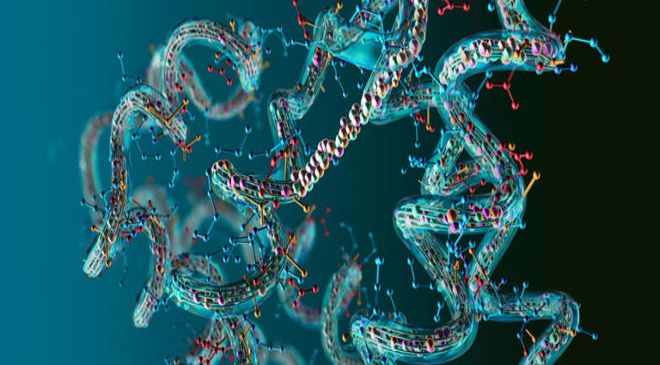Mathematicians delight in the beauty of math that so many of us don’t see. But nature is a wonderful realm in which to observe beauty born out of mathematical relationships.
The natural world provides seemingly endless patterns underpinned by numbers – if we can recognize them.
Read More:- The Universe May Be Shaped Like a Hall of Mirrors, Scientists Say
Luckily for us, a motley team of researchers has just uncovered another striking connection between math and nature; between one of the purest forms of mathematics, number theory, and the mechanisms governing the evolution of life on molecular scales, genetics.
Abstract as it may be, number theory might also be one of the more familiar forms of math to many of us. It encompasses the multiplication, subtraction, division, and addition (arithmetic functions) of integers, or whole numbers and their negative counterparts.
Read More:- Scientists are getting closer to proving the multiverse exists
The famed Fibonacci sequence is but one example, where each number in the sequence is the sum of the previous two. Its patterns can be found all through nature, in pinecones, pineapples, and sunflower seeds.
“The beauty of number theory lies not only in the abstract relationships it uncovers between integers, but also in the deep mathematical structures it illuminates in our natural world,” explains Oxford University mathematician Ard Louis, senior author of the new study.
Of interest to Louis and his colleagues were mutations, the genetic errors that slip into an organism’s genome over time and drive evolution.
Read More:- Are we ready to face an asteroid that could hit Earth in 14 years? NASA sees work to do.
Some mutations can be a single-letter change in a genetic sequence that causes disease or produce some unexpected advantage, whereas other mutations can have no observable effect on the organism’s appearance, traits, or behaviors (its phenotype).
The latter are sometimes referred to as neutral mutations, and although they have no observable effect, they are indicators of evolution at work. Mutations accumulate at a steady rate over time, charting the genetic relationships between organisms as they slowly diverge from a common ancestor.
Organisms need to be able to tolerate some mutations though, to preserve their characteristic phenotype whilst the genetic lottery continues to deal out substitutes that may or may not be advantageous.
Read More:- Be Careful: These Android Apps Are Installing Malware, Stealing Your Data
This so-called mutational robustness generates genetic diversity, yet it varies between species, and can even be observed in the proteins inside cells.
Studied proteins can tolerate around two-thirds of random errors in their coding sequences, meaning 66 percent of mutations are neutral and have no effect on their final shape.
“We have known for some time that many biological systems exhibit remarkably high phenotype robustness, without which evolution would not be possible,” explains Louis.
“But we didn’t know what the absolute maximal robustness possible would be, or if there even was a maximum.”
Also Read– Hole spotted on Mars could be a gateway to ancient alien life
To investigate, Louis and colleagues looked at protein folding and small RNA structures as examples of how a unique genetic sequence, otherwise known as a genotype, maps to a specific phenotype or trait.
In the case of proteins, a short DNA sequence spells out the protein’s building blocks, which when pieced together, encodes its shape.
Smaller than proteins are RNA secondary structures; free floating strands of genetic codes that help build the proteins.
Read More:- Stephen Hawking theory proved right by man-made black hole
Louis and colleagues wondered how close nature could get to the upper bounds of mutational robustness, so ran numerical simulations to compute the possibilities.
They studied the abstract mathematical features of how many genetic variations map to a specific phenotype without changing it, and showed mutational robustness could indeed be maximized in naturally-occurring proteins and RNA structures.
What’s more, the maximum robustness followed a self-repeating fractal pattern called a Blancmange curve, and was proportional to a basic concept of number theory, called the sum-of-digits fraction.
Read More:- We may have found a new telltale sign of alien life
“We found clear evidence in the mapping from sequences to RNA secondary structures that nature in some cases achieves the exact maximum robustness bound,” says Vaibhav Mohanty, of Harvard Medical School.
“It’s as if biology knows about the fractal sums-of-digits function.”
Once again math appears to be an essential component of nature that gives structure to the physical world, even on microscopic levels.





































